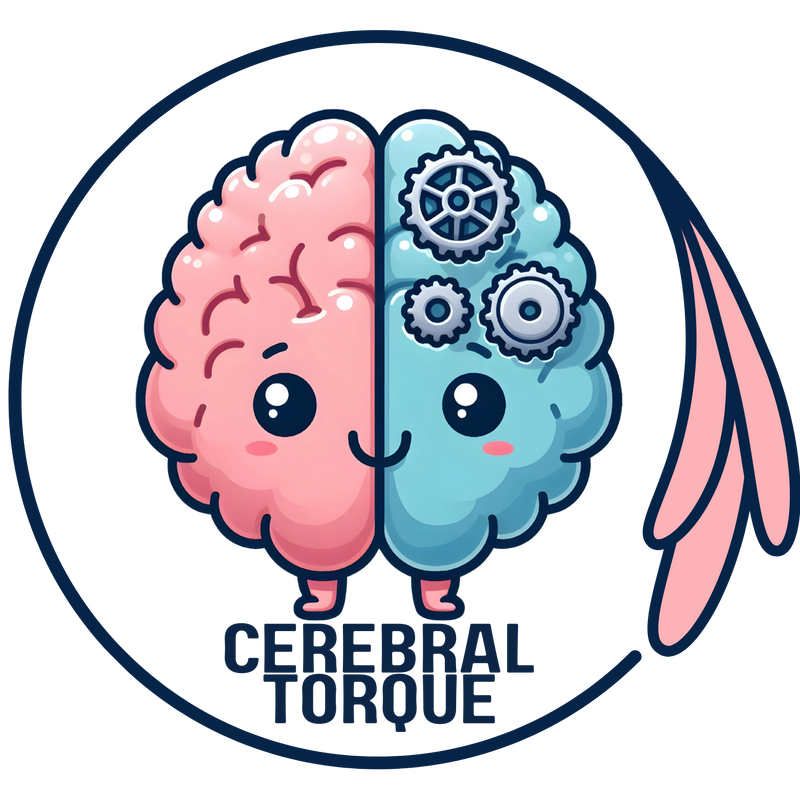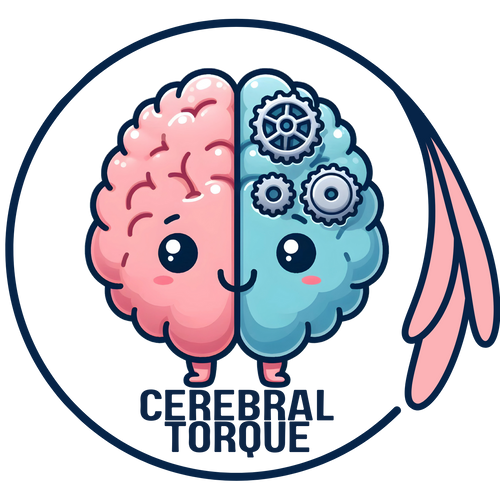Modifiable Risk Factors for Migraine: What You Can Change
Posted on May 15 2025,
Modifiable Risk Factors for Migraine
| Risk Factor | Association with Migraine | Evidence | References |
|---|---|---|---|
| Lifestyle Factors | |||
| Alcohol intake frequency | Increased risk | OR: 1.25 (1.12-1.40) | Yang et al. (2025)1 |
| Lifetime smoking index | Increased risk | OR: 1.24 (1.08-1.42) | Yang et al. (2025)1 |
| Physical inactivity | Increased risk | Associated with higher migraine frequency | Lippi et al. (2018)2, Amin et al. (2018)3 |
| High caffeine intake | Increased risk | Associated with higher migraine frequency and withdrawal headaches | Aramruang et al. (2024)4 |
| Medication overuse/adaptation | Increased risk | Contributing factor to chronic migraine | Lipton et al. (2023)5 |
| Sleep Patterns | |||
| Insomnia | Increased risk | OR: 1.20 (1.17-1.24) | Yang et al. (2025)1 |
| Long sleep duration | Increased risk | OR: 1.26 (1.07-1.50) | Yang et al. (2025)1 |
| Sleep disturbances | Increased risk | Associated with migraine progression | Lipton et al. (2023)5 |
| Dietary Factors | |||
| Higher carbohydrate intake | Increased risk | Specifically for MA | Yang et al. (2025)1 |
| Higher sugar intake | Increased risk | Specifically for MA | Yang et al. (2025)1 |
| Irregular meal timing | Increased risk | Skipping meals associated with higher migraine frequency | Gazerani (2020)6 |
| Medical Conditions | |||
| Hypertension | Increased risk | OR: 1.76 (1.47-2.11) | Yang et al. (2025)1 |
| Obesity | Increased risk | Associated with increased frequency | Bigal & Lipton (2006)7 |
| Depression/anxiety | Increased risk | Comorbidity that can worsen outcomes | Lipton et al. (2023)5 |
| Reproductive Factors (Mother's Migraine Risk) | |||
| Later age at first birth | Decreased risk for mother | Protective for mother's MA risk | Yang et al. (2025)1 |
| Early age at first birth | Increased risk for mother | Increases mother's MO risk | Yang et al. (2025)1 |
| Nutrient Deficiencies | |||
| Magnesium deficiency | Increased risk | Well-studied, associated with migraine pathophysiology | Teigen & Boes (2015)8 |
| Riboflavin (Vitamin B2) deficiency | Increased risk | Strong evidence for preventive effect when supplemented | Thompson & Saluja (2017)9 |
| Other nutrient deficiencies | Increased risk | Various deficiencies can disrupt neurological function | Gross et al. (2019)10 |
| Environmental Factors | |||
| Air pollution | Increased risk | Associated with increased migraine disease burden | Li et al. (2025)11 |
| Stress | Increased risk | Major contributor to migraine progression | Sandoe (2024)12 |
| Comorbid Diseases | |||
| Untreated chronic diseases | Increased risk | Any disease disrupting homeostasis can contribute to migraine progression | Burch et al. (2019)13 |
| Diabetes | Increased risk | Blood glucose fluctuations can contribute to migraine progression | Aamodt et al. (2007)14 |
| Cardiovascular disorders | Increased risk | Including CHF, may worsen migraine through vascular mechanisms | Kurth et al. (2016)15 |
MA = Migraine with Aura, MO = Migraine without Aura
References
- Yang J, Duan Y, Wu Q, Ma Y, Tan S, Zhang Y, Zhang J, Liu X. Insights into modifiable risk factors of migraine: a Mendelian randomization analysis. Neurol Res. 2025 May 14:1-20.
- Lippi G, Mattiuzzi C, Sanchis-Gomar F. Physical exercise and migraine: for or against? Ann Transl Med. 2018 May;6(10):181.
- Amin FM, Aristeidou S, Baraldi C, Czapinska-Ciepiela EK, Ariadni DD, Di Lenola D, Fenech C, Kampouris K, Karagiorgis G, Braschinsky M, Linde M; European Headache Federation School of Advanced Studies (EHF-SAS). The association between migraine and physical exercise. J Headache Pain. 2018 Sep 10;19(1):83.
- Aramruang T, Malhotra A, Numthavaj P, Looareesuwan P, Anothaisintawee T, Dejthevaporn C, Sirirutbunkajorn N, Attia J, Thakkinstian A. Prediction models for identifying medication overuse or medication overuse headache in migraine patients: a systematic review. J Headache Pain. 2024 Oct 4;25(1):165.
- Lipton RB, Buse DC, Nahas SJ, Tietjen GE, Martin VT, Löf E, Brevig T, Cady R, Diener HC. Risk factors for migraine disease progression: a narrative review for a patient-centered approach. J Neurol. 2023 Dec;270(12):5692-5710.
- Gazerani P. Migraine and Diet. Nutrients. 2020 Jun 3;12(6):1658.
- Bigal ME, Lipton RB. Modifiable risk factors for migraine progression. Headache. 2006 Oct;46(9):1334-43.
- Teigen L, Boes CJ. An evidence-based review of oral magnesium supplementation in the preventive treatment of migraine. Cephalalgia. 2015 Sep;35(10):912-22.
- Thompson DF, Saluja HS. Prophylaxis of migraine headaches with riboflavin: A systematic review. J Clin Pharm Ther. 2017 Aug;42(4):394-403.
- Gross EC, Lisicki M, Fischer D, Sándor PS, Schoenen J. The metabolic face of migraine - from pathophysiology to treatment. Nat Rev Neurol. 2019 Nov;15(11):627-643.
- Li S, Liu Q, Ma M, Fang J, He L. Association between weather conditions and migraine: a systematic review and meta-analysis. J Neurol. 2025 Apr 17;272(5):346.
- Sandoe, C. (2024). The Migraine Path: Risk Factors for Progression of Migraine Disease. American Migraine Foundation.
- Burch RC, Buse DC, Lipton RB. Migraine: Epidemiology, Burden, and Comorbidity. Neurol Clin. 2019 Nov;37(4):631-649.
- Aamodt AH, Stovner LJ, Midthjell K, Hagen K, Zwart JA. Headache prevalence related to diabetes mellitus. The Head-HUNT study. Eur J Neurol. 2007 Jul;14(7):738-44.
- Kurth T, Winter AC, Eliassen AH, et al. Migraine and risk of cardiovascular disease in women: prospective cohort study. BMJ. 2016;353:i2610.
Sat, Nov 01, 25
Anti-CGRP Monoclonal Antibody Migraine Treatment: Super-Responders and Absolute Responders and When to Expect Results
Anti-CGRP monoclonal antibodies achieved 70% super-response and 23% complete migraine freedom in a one-year study. Most dramatic improvements occurred after 6 months of treatment. For patients with chronic or high-frequency...
Read MoreAll Non-Invasive Neuromodulation Devices for Migraine Treatment
Wondering if migraine devices actually work? This guide breaks down the latest evidence on non-invasive neuromodulation devices like Cefaly, Nerivio, and gammaCore. Learn which devices have solid research backing them,...
Read MoreSun, Sep 14, 25
Neuroimaging Differences Between Migraine Types: Aura vs. Without Aura
Discover the latest neuroimaging research revealing key brain differences between migraine with aura and migraine without aura.
Read More



